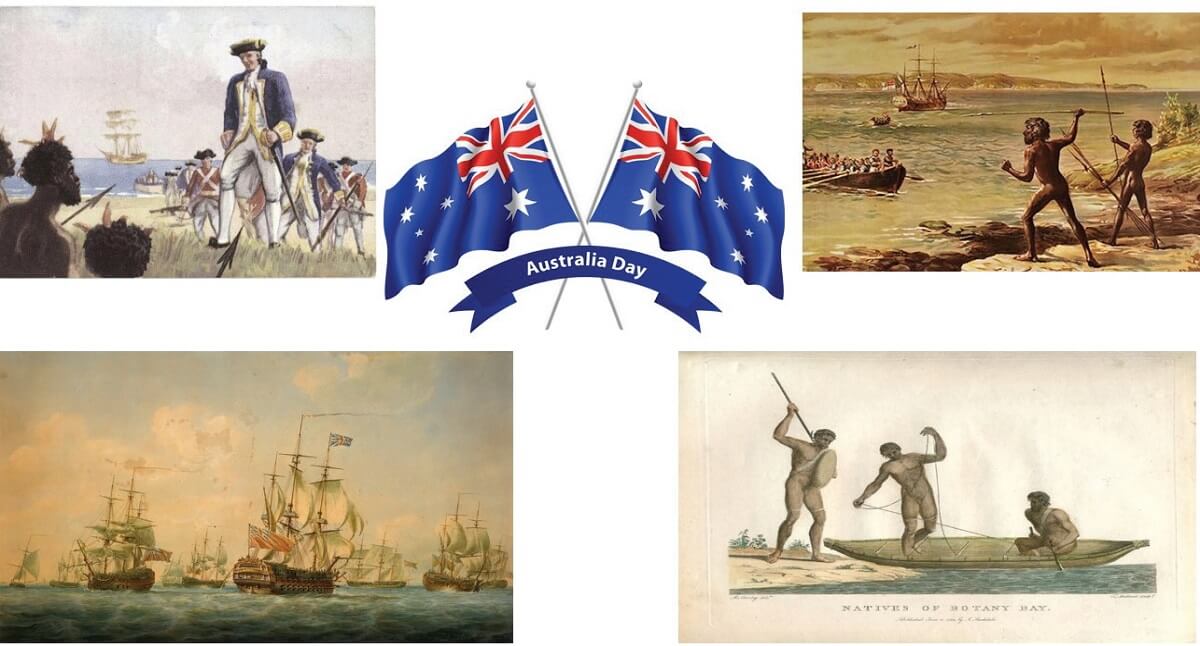This year 2020 is the 250th Anniversary of James Cook sailing and claiming the East Coast of this new land in 1770. James Cook sailed past this coast, way out to sea, aboard “Endeavour”, and named Cape Morton and the Glasshouses. He did not see the large Bay or any islands. Eighteen years later In 1788, ships of the “First Fleet” sailed into Sydney Harbour.
Our January 26th, Public Holiday commemorates that “Australia Day” and this article invites your reflection over those years. It was 29 years later on July 16th 1799 that the first white man set foot on Bribie Island. There are many dates and events in the history of this country that are worthy of being remembered, but 16th July is a special date for those of us who reflect on the history of Bribie Island.
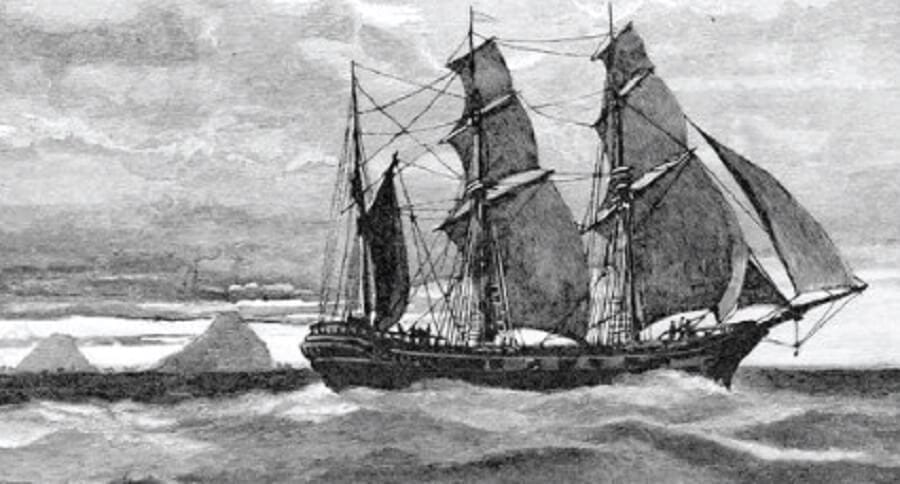
James Cook had many adventures on the Great Barrier Reef before reaching the northern tip of Cape York and claiming the whole coast in the name of King George 3, on August 22 1770. It was 18 years later, 8 years after James Cook had been killed in Hawaii, that the “First Fleet” ships arrived in Botany Bay on January 16th 1788, then moved up to Sydney Harbour, and raised the Flag on January 26th.
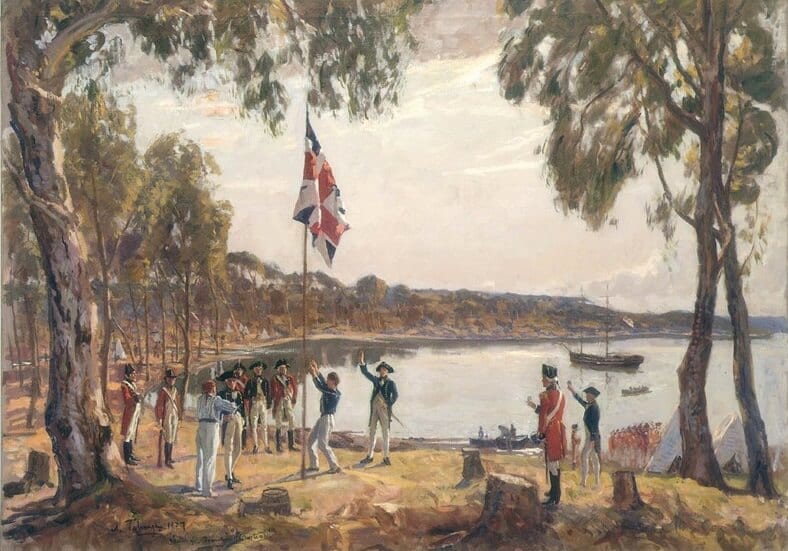
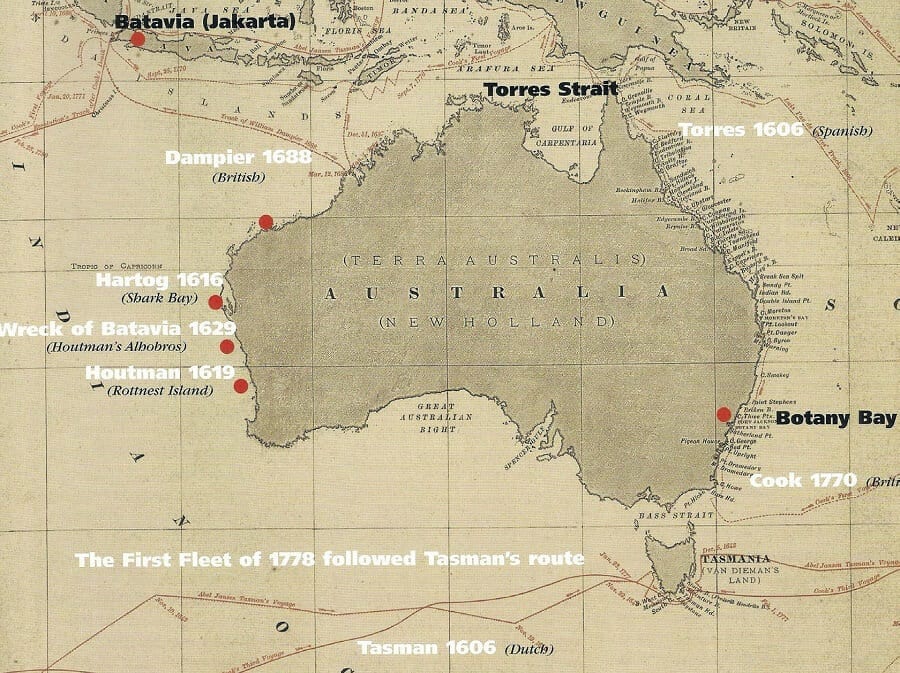
AUSTRALIA DAY
The first few years were a challenge for survival, and had it been easy to abandon the idea of a convict colony, it probably would have happened. Virtually nothing was known about this new land, considered “Terra Nullius”, belonging to no one. Comprehension and understanding by the new white settlers of the cultural and social difference of indigenous people, who had survived here for 50,000 years, was virtually impossible.
The security, discipline and survival of the new colony were critical, but understanding, exploring and developing the new land also a key driver. Many Dutch, Portuguese and French explorers had sighted and charted and been shipwrecked the coast of this vast land over the 170 years before Cook.
None had found it interesting, productive or worthy of Trade and exploitation. It was named “New Holland” and the few natives encountered were seen as unfriendly savages. Dutch, Spanish and English traders focussed on trade in the Spice Islands, and sailors including Hartog, Hautman and Dampier had all made unintended landfall and charted parts of the coast, recording their encounters with “…the most miserable people in the world”. Dampier landed on the West coast of Australia in 1688.
Years later he rescued a marooned sailor, Alexander Selkirk, who became the basis of Daniel Defoe’s novel “Robinson Crusoe”.
JAMES COOK
James Cook chanced upon the east coast after going to Tahiti in 1769 to make a rather unsuccessful scientific observation of the “Transit of Venus”. This would enable the distance of the earth from the Sun to eventually be calculated. He opened his secret orders and continued sailing west, to circumnavigate and map New Zealand, previously sighted and named 127 years earlier by Able Tasman in 1642.
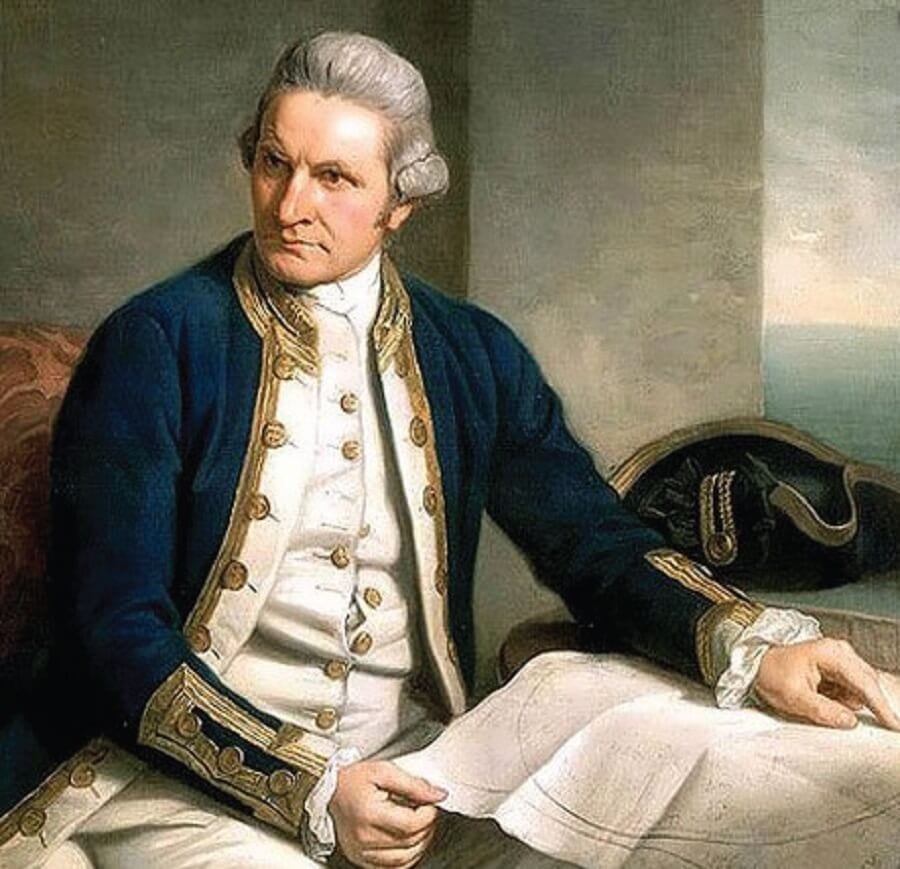
Cook was seeking the elusive Great South Land when he struck the east coast of Australia. Aboard the “Endeavour” was Joseph Banks, a wealthy young gentleman with an interest in Botany and Natural History, who had paid his way for this unique adventure. Banks earned his place in history with many species now bearing the name “Banksia” in his honour.
Joseph Banks enthusiasm and political influence led to the decision, 18 years later, to send the First Fleet of convicts to Botany Bay in New South Wales, as Cook had named it. By then Captain James Cook had already made two more very long journeys of exploration in search of a Great South Land and a North-West Passage, before his unfortunate death at the hands of natives in Hawaii in 1779.
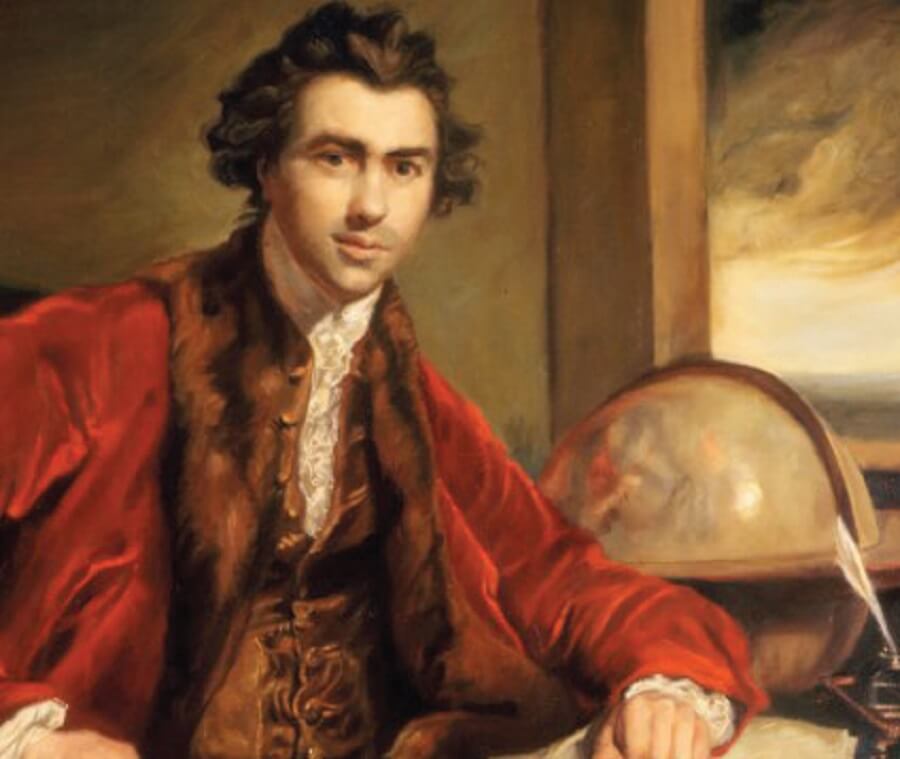
Cook was a most remarkable man, an excellent navigator, negotiator, explorer, mapmaker and Captain of ships and men. He was recognised for the development of dietary solutions to “Scurvy”, which was the cause of death for most long-distance sailors at that time.
PROBLEMS IN BRITAIN
The Industrial Revolution in Britain had created huge trade opportunities, but also many social problems with inequality and entrenched petty criminals filling the prisons. Convicts had been transported to America for over 60 years before Independence was declared, and Britain lost its North American colonies.
Britain had been at war with the Dutch, French and Spanish over trade routes for more than 10 years, and this drove the decision to establish a British base in the Southern Hemisphere. Britain decided to Colonise New South Wales, as well as Norfolk Island and New Zealand, and Captain Arthur Phillip was given command of the “First Fleet” with instructions to settle at Botany Bay as the Governor of the new colony.
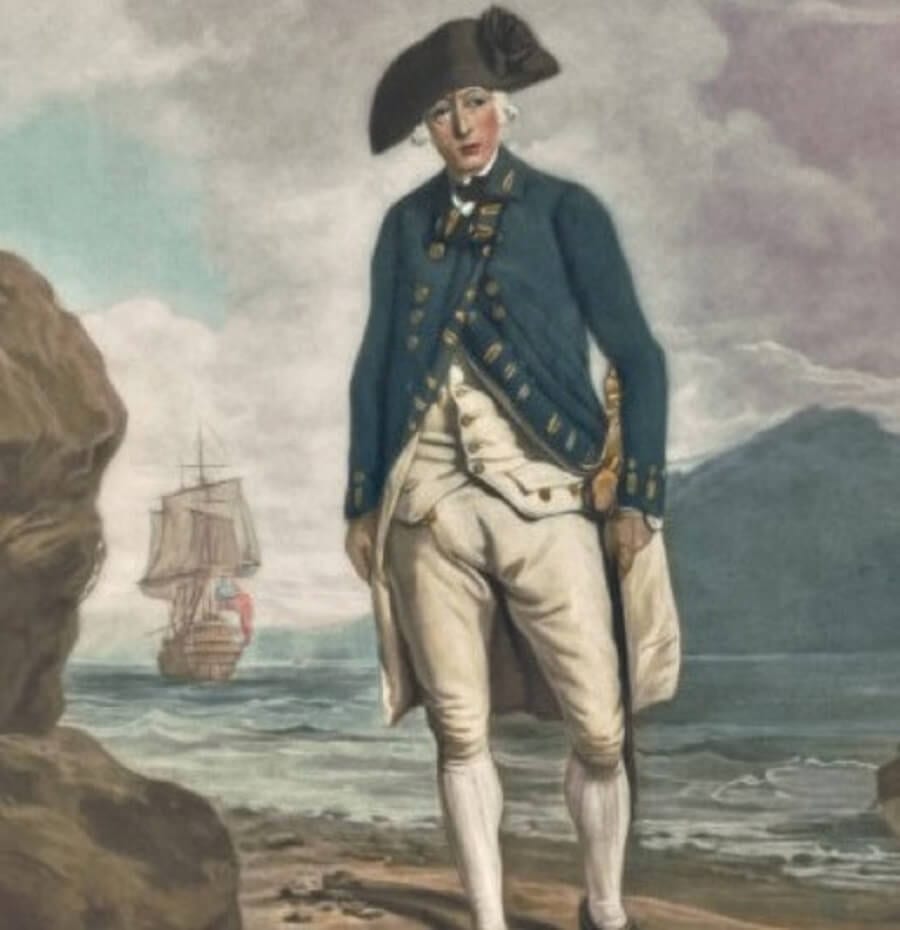
THE FIRST FLEET
What an amazing undertaking this was. Certainly equivalent to the “Moon Landing” at that time. Eleven sailing ships, over 700 men and women convicts, 200 marines, 19 Officers and stores, with provisions and food for an unknown duration.
A journey of more than 8 months on the high seas with a cargo of dangerous criminals, requiring strict discipline and safety. Many babies were born en route ……but that is another story! I am writing this article to remind readers about “Australia Day”.
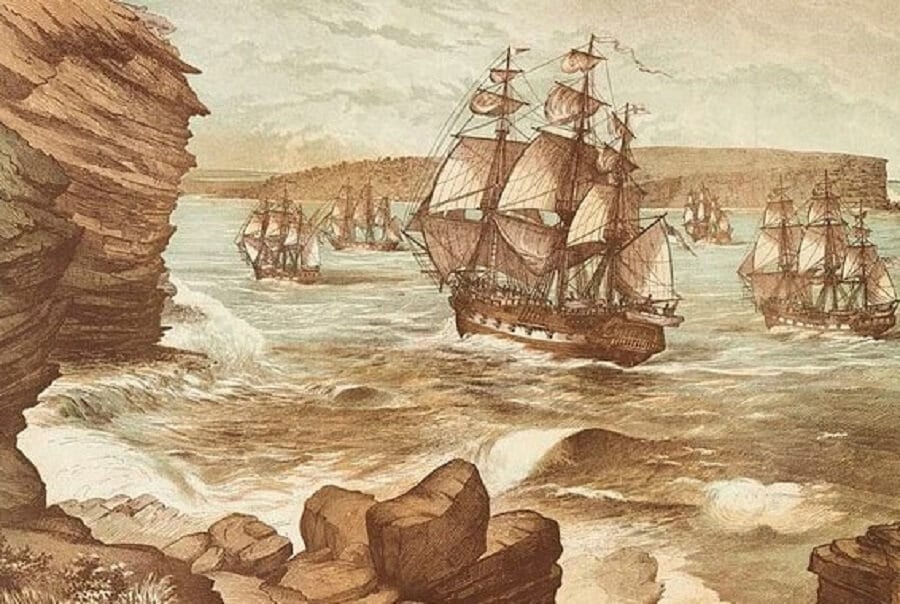
When this remarkable Fleet finally arrived at Botany Bay, Arthur Phillip was unimpressed, and quickly decided to relocate to Sydney Cove which he declared to be “The finest Harbour in the World in which a thousand ships of the line may ride in the most perfect security” A group of Aborigines, who had followed the ships up the harbour, shouting out from the shore as they sailed into Sydney Cove, watched the British flag-raising on January 26th 1788.
What conversation went on around the campfire that night? NEW ARRIVALS Convicts and Stores were eventually unloaded and the struggle for survival began. It was a long hard struggle for many years, with death and casualties on both sides. There was just no basis of understanding between these two very different cultures.
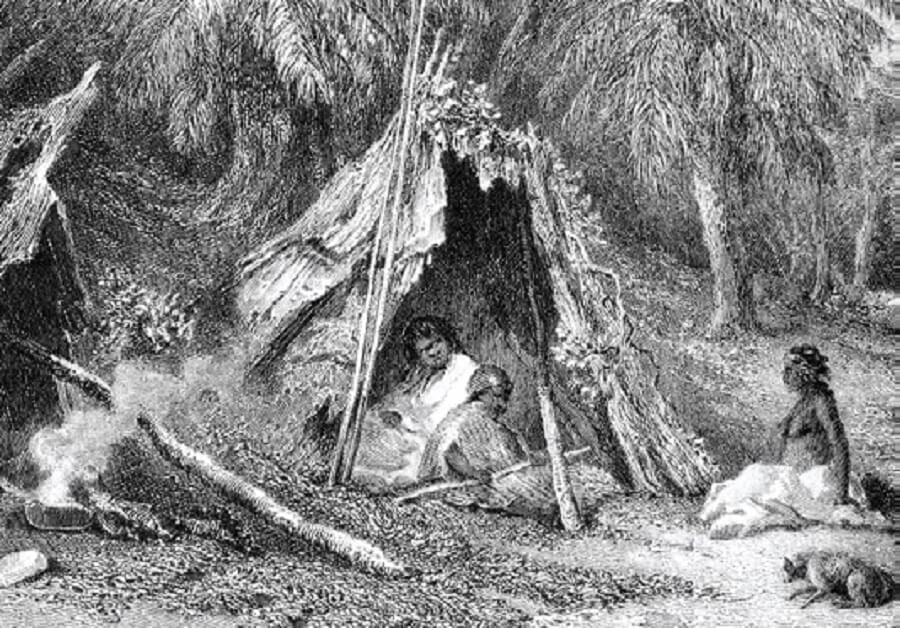
That is another story. In the very same week that the First Fleet arrived, two French ships under the command of Comte de la Perouse also arrived in Botany Bay. As Arthur Phillip and his relieved crew and passengers spilt out on to this new land, the Frenchmen watched them. With just a few hours difference it could be a very different story. A few weeks later La Perouse sailed his two ships away …..And they just disappeared off the face of the earth …….never to be seen again. That is certainly another story.
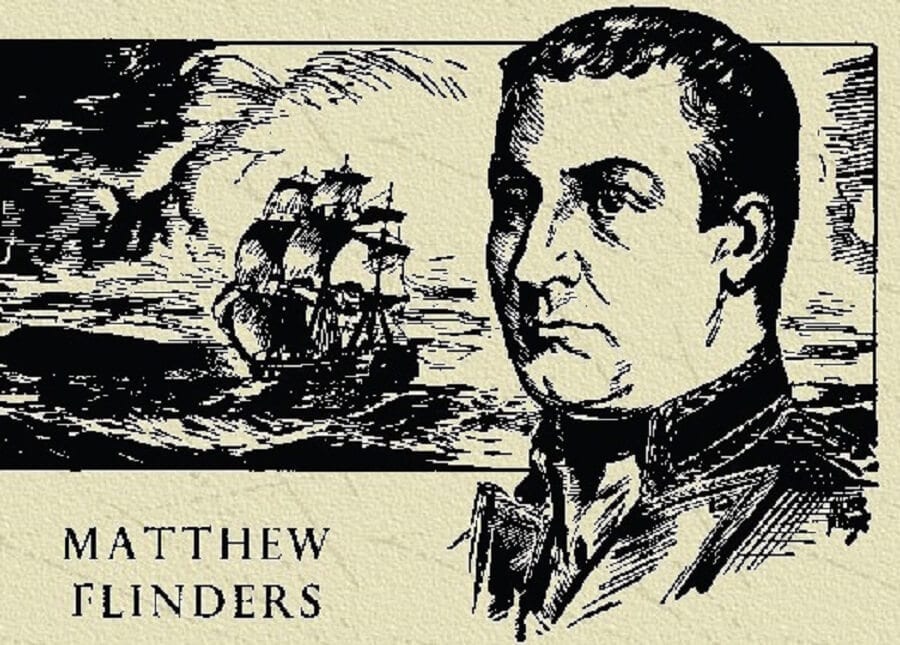
BRIBIE ISLAND VISIT.
Nobody knew if Australia was an island Continent, or if New South Wales was joined to New Holland, if there was a great inland sea, or that hundreds of groups of Indigenous people had been living successfully in this vast country for over 50,000 years.
Eleven years after the arrival of the First Fleet a young Matthew Flinders was sent to explore Morton Bay, in search of a large river to the inland. Despite charting most islands of the Bay, he failed to find a big river but did become the first white man to land on Bribie Island on 16th July 1799.
BRIBIE ISLAND – AUSTRALIA DAY.
Flinders had an initial conflict with the locals, which resulted in the name “Skirmish Point”, at what is now Bongaree, later named for his Sydney aboriginal companion. He repaired his sloop “Norfolk” at Whitepatch and climbed a Glasshouse mountain. His other constant companion was his cat “Trim” who sailed everywhere with him for many years.
After being the first white man to set foot on Bribie Island in 1799 the amazing young explorer Matthew Flinders went on to be the first to circumnavigate the entire continent in 1804 and proposed the name “Australia” which was finally adopted 13 years later in 1817. Happy Australia Day. Governor Arthur Phillip First Fleet arrival Aboriginal Camp Site Matthew Flinders
HISTORY CONTINUED MORE LOCAL HISTORY
If you would like to hear and see more stories like this, I will be giving several public presentations during this Anniversary year at the Seaside Museum., U3A and the Historical Society. Look out for the Poster dates and notices. The Historical Society has monthly public meetings at the RSL Club on the second Wednesday of each month commencing at 6.30 pm. with interesting guest speakers on a wide range of topics. You can see many more photos and articles on our Blog Site at http://bribieislandhistory.blogspot.com or contact us on [email protected]
Other Articles
- History – LOOKING BACK AT THE FUTURE
- MAJOR EVENTS IN BRIBIE HISTORY
- History – REMEMBER WHEN WE FORGOT OUR PAST
